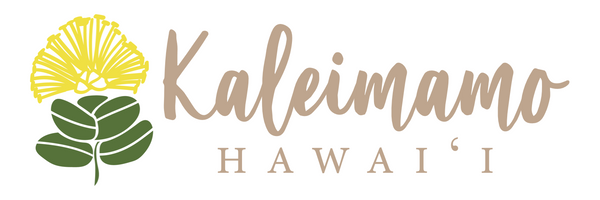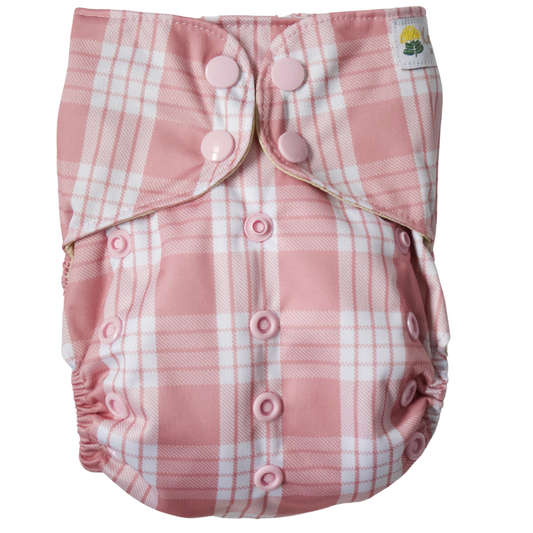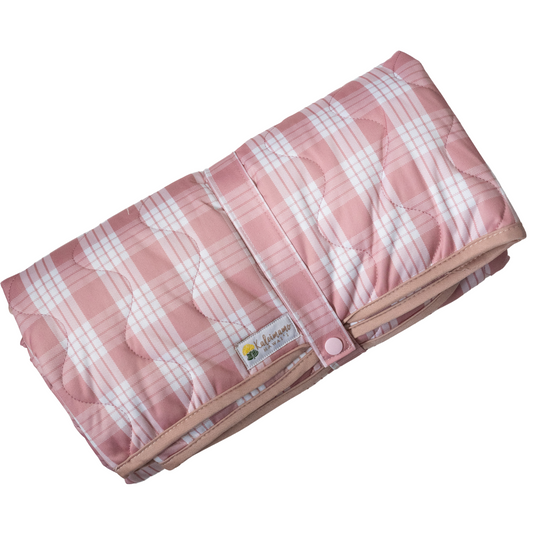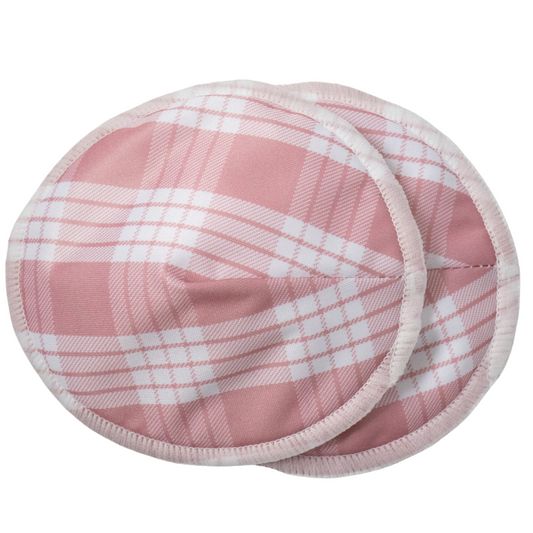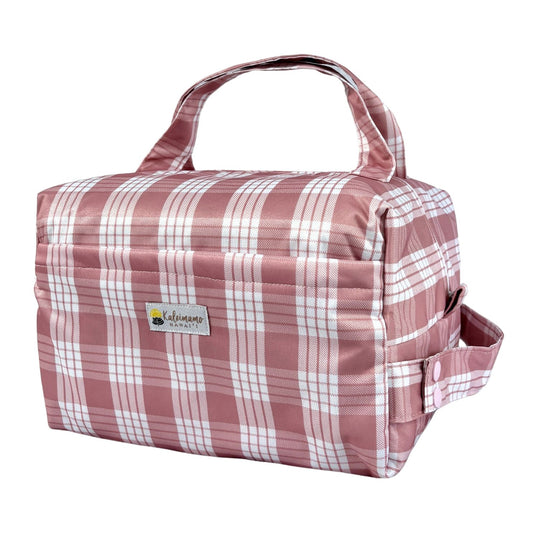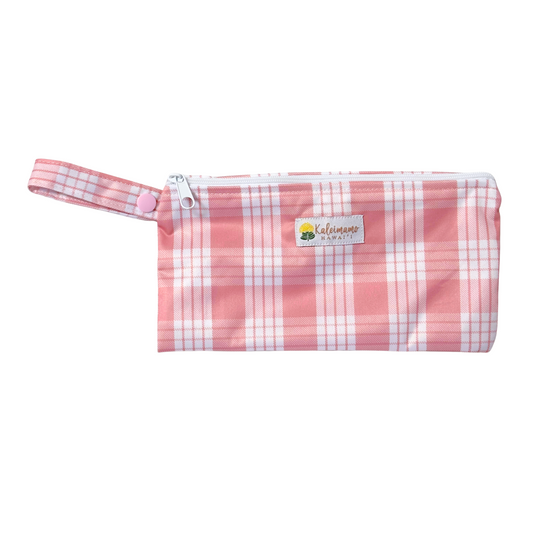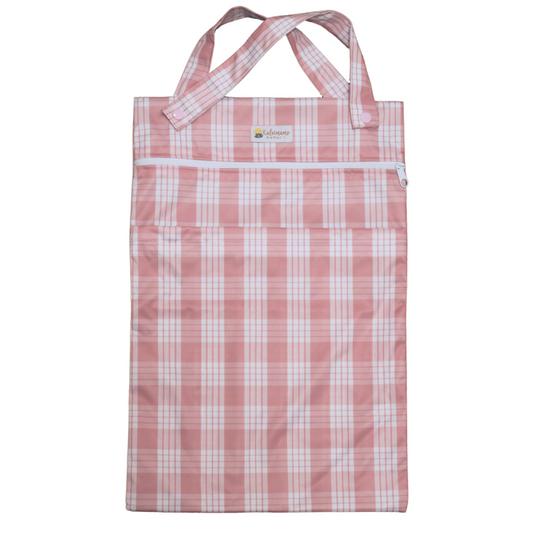Collection: Palaka ʻĀkala
-
 Sold
Sold
outKaiapa Paʻa (All-in-One Diaper)
Palaka ʻĀkala
20 reviewsRegular price $35.00 USDRegular priceUnit price / per -
Kaiapa ʻAuʻau/Pākeke (Swim/Pocket Diaper)
Palaka ʻĀkala
34 reviewsRegular price $30.00 USDRegular priceUnit price / per -
Moena Pāʻani (Play Mat)
Palaka ʻĀkala
10 reviewsRegular price $74.00 USDRegular priceUnit price / per -
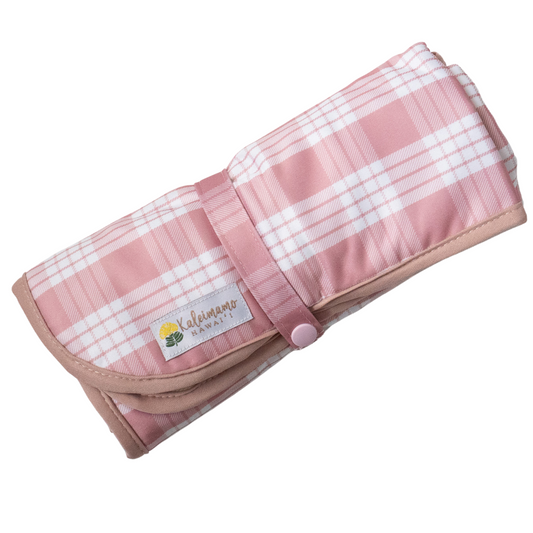 Sold
Sold
outMoena Pēpē (Baby Changing Mat)
Palaka ʻĀkala
9 reviewsRegular price $34.00 USDRegular priceUnit price / per -
Pale Poli ʻAi (Nursing Pads)
Palaka ʻĀkala
2 reviewsRegular price $9.50 USDRegular priceUnit price / per -
ʻEke Holo (Pod)
Palaka ʻĀkala
28 reviewsRegular price $38.00 USDRegular priceUnit price / per -
ʻEke Liʻi (Mini Wet Bag)
Palaka ʻĀkala
3 reviewsRegular price $18.00 USDRegular priceUnit price / per -
ʻEke Pulu (Wet Bag)
Palaka ʻĀkala
12 reviewsRegular price $28.00 USDRegular priceUnit price / per -
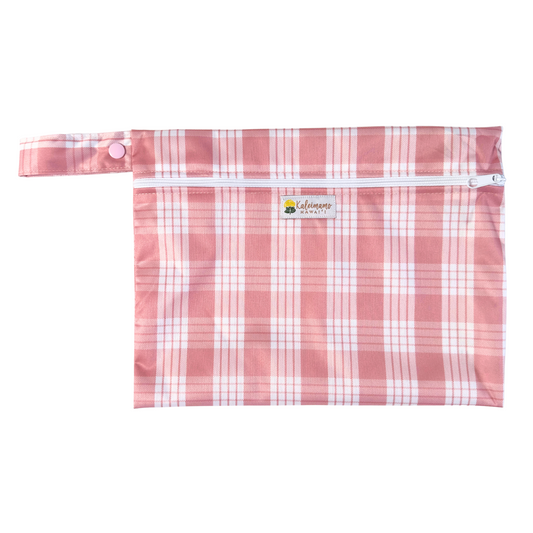 Sold
Sold
outʻEkeʻeke Pulu (Small Wet Bag)
Palaka ʻĀkala
9 reviewsRegular price $21.00 USDRegular priceUnit price / per -
 Sold
Sold
out‘Eke Kōkua (Caddy)
Palaka ʻĀkala
12 reviewsRegular price $48.00 USDRegular priceUnit price / per
About this print
Palaka
The term palaka is considered a rough Hawaiian translation of “frock,” referring to the loose-fitting shirts worn by American and British sailors. Originally, the palaka began as a navy-blue jacket favored by plantation workers and pineapple pickers. By the late 1930s, the sleeves were removed, transforming the palaka into the shirt style we recognize today.

While the Aloha shirt is often celebrated as a quintessential Hawaiian garment, the palaka holds an equally important place in island fashion history. Unlike the light and colorful fabric of Aloha shirts, the palaka was made from durable cotton twill and yarn-dyed in a plaid pattern. This robust fabric quickly became popular among sailors and local Hawaiians, eventually becoming the standard work shirt for plantation workers and paniolos in Hawai‘i.

Many, including Dale Hope, author of The Aloha Shirt, regard the palaka as deeply rooted in local culture. By the 1930s, its pairing with denim made it nearly synonymous with a national costume in Hawai‘i. Reflecting Hawai‘i’s diverse history, early palaka designs were created by Japanese tailors in the 1920s. By the mid-1930s, local tailors on O‘ahu began mass-producing the shirts to meet rising demand, cementing the palaka’s role in the island’s cultural heritage.

